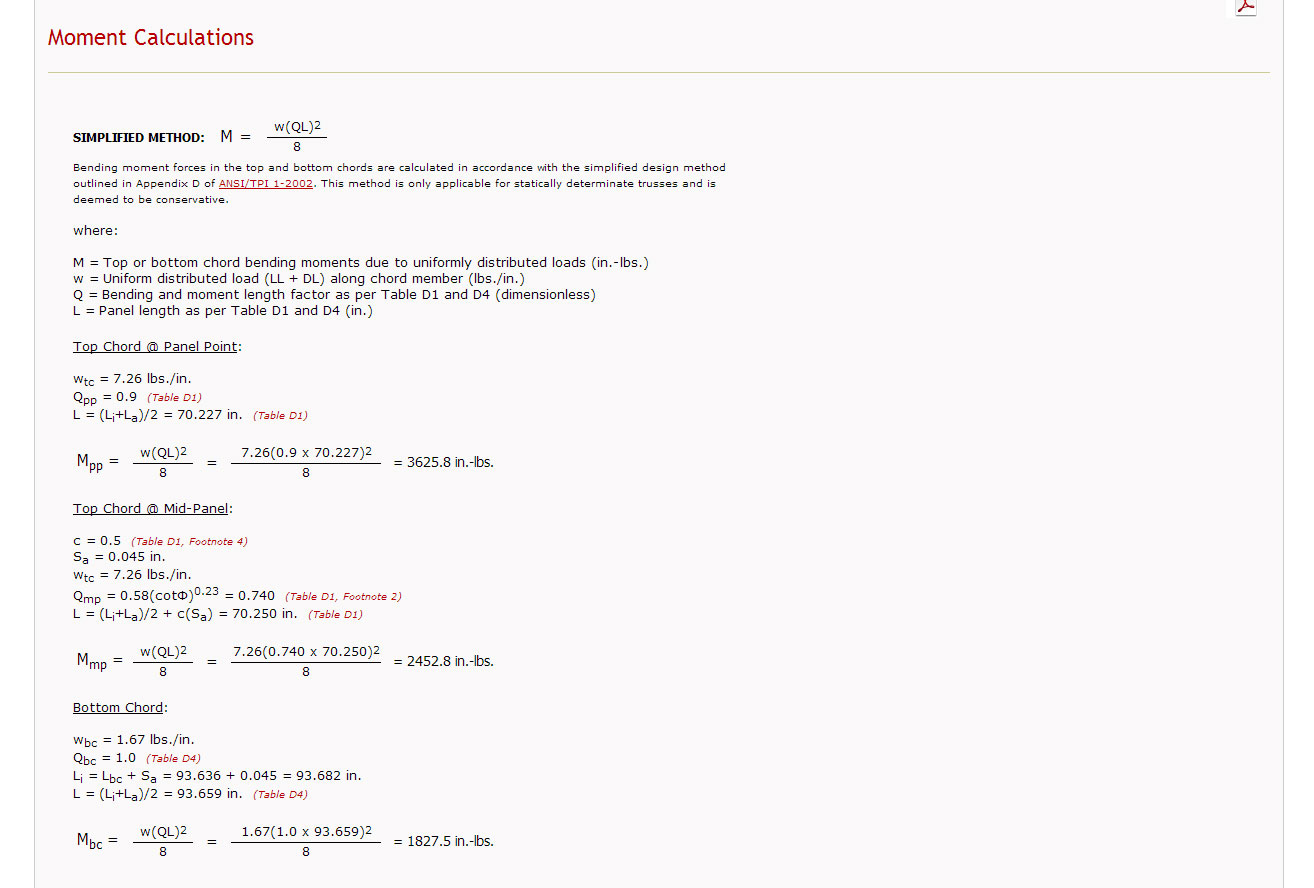medeek
Active member
I've recently started working on a small web based app that can be used to design and analyze common wood trusses. I intend to add more in depth sizing logic after further study of the TPI 1-2007. Does anyone know of any other good resources for trusses and truss design?
The proto-type app is currently here:
http://design.medeek.com/calculator/calculator.pl
I'm writing it in Perl with a MySQL backend if necessary.
I'm also trying to decide between LRFD or ASD analysis, or perhaps both. Perhaps someone could weigh in on which method would be best for truss design, I've seen example of both.
The proto-type app is currently here:
http://design.medeek.com/calculator/calculator.pl
I'm writing it in Perl with a MySQL backend if necessary.
I'm also trying to decide between LRFD or ASD analysis, or perhaps both. Perhaps someone could weigh in on which method would be best for truss design, I've seen example of both.





























